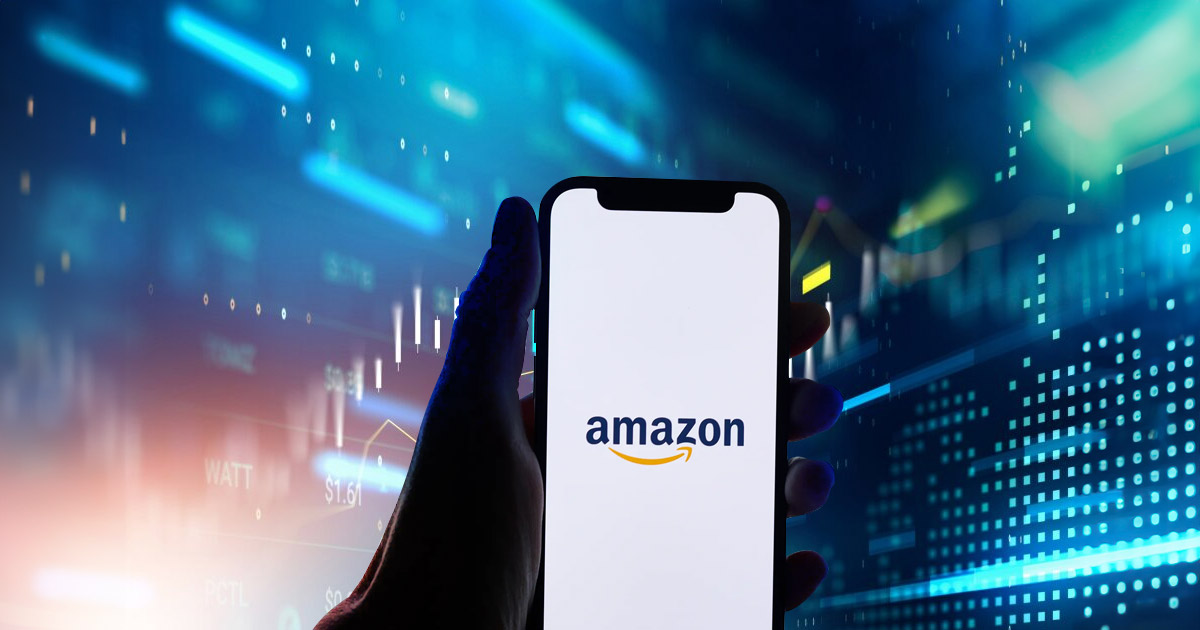What to Consider in Buying Amazon Stocks

Amazon, the world’s largest online retailer, is a formidable influence in today’s global scene. Its importance and worth have grown dramatically, particularly during the pandemic, when broad reliance on online purchasing increased in the aftermath of retail closures.
Amazon has grown from its humble beginnings as an online book retailer outside Seattle, Washington, in 1994, to a juggernaut with quarterly sales over $100 billion and a platform that offers practically anything imaginable. As a result, its stock price has increased exponentially in recent years. In this discussion, we’ll look at how to buy Amazon stock and what you should think about before investing in the company.
The Pricey Proposition
First and foremost, potential investors should understand that Amazon stock is expensive. At the time of publication, it was one of the most expensive stocks on the market, trading for around $3,600 USD per share. To put that in perspective, rival online retailer eBay’s stock trades about $70 per share, while Tesla, another high-flying stock, hovers around $650 per share. Purchasing numerous Amazon shares requires a significant expenditure, either in the form of a large monetary outlay or the purchase of fractional shares.
Amazon stock’s high valuation reflects the company’s massive size and amazing success. Amazon’s stock price has risen as it has expanded its reach and received global recognition. Just five years ago, a single share in Amazon could be purchased for $745, a fraction of its present value. However, as with any investment, predicting its direction over the next five years is speculative.
Amazing Returns
Amazon debuted on the NASDAQ exchange in 1997, offering shares at a paltry $1.73. Since then, the stock has risen, generating a spectacular return of more than 200,000%. Yes, you read that correctly: two hundred thousand percent! Such rapid increase in less than a quarter century is unprecedented.
Investors who bought $100 of Amazon stock after its initial public offering in 1997 would now have about $150,000—a monument to the company’s amazing growth. Amazon’s rise has not only boosted the company, but has also benefitted its stockholders significantly. While future possibilities are uncertain, Amazon’s track record of producing significant profits speaks volumes.
Absence of Stock Splits
Traditionally, firms use stock splits when their share prices become unreasonably expensive, with the goal of lowering the price per share and increasing investor access. For example, in 2020, Apple implemented a four-to-one stock split, thereby distributing four new shares for every existing share while maintaining total value. Despite three successive stock splits between 1998 and 1999, Amazon has not divided its shares for almost than two decades. Despite calls for a split due to its high share price, Amazon has shown no interest in such a move.
Dividend Dilemma
Dividends, or periodical payments made to shareholders from a company’s profits, provide a source of income for many investors. Amazon, on the other hand, deviates from the usual by declining to pay dividends. Instead, the corporation reinvests its income to strengthen its operations and increase its stock value. While dividend-seeking investors may consider other options, Amazon promotes long-term growth to reward its shareholders.
Congressional Oversight
As Amazon’s dominance in online retail grows, politicians in Washington, D.C., have stepped up their investigation. Allegations of monopolistic behavior have led calls for regulatory intervention, similar to the antitrust action taken against Microsoft in 2001. This legislative inquiry could jeopardize Amazon’s stock price and investment returns. CEO Jeff Bezos has faced congressional questions, highlighting the company’s increased regulatory burden.
Leadership Transition
Investors should take note of Amazon’s recent leadership turnover. Jeff Bezos, the visionary who spearheaded Amazon’s metamorphosis into a business powerhouse, has stepped down as CEO. While remaining interested in the company, Bezos has delegated day-to-day operating responsibility to Andrew Jassy, an experienced Amazon executive. As Jassy takes over leadership, investors eagerly await his stewardship and vision for Amazon’s future trajectory.
Diversified Ventures
Beyond its main e-commerce activities, Amazon has expanded its revenue streams with projects like Whole Foods, Amazon Prime, and Amazon Web Services (AWS). These numerous revenue streams support Amazon’s online retail arm, demonstrating its complex business model and resiliency.
Innovative Pursuits
Furthermore, Amazon is at the forefront of innovation, testing cutting-edge technology ranging from delivery drones to self-driving cars. While not all ventures succeed—such as the doomed Amazon Fire smartphone—Amazon’s dedication to invention creates anticipation for its next breakthrough.
Accessibility and Activism
With over 500 million outstanding shares, Amazon stock is among the most widely owned globally, ensuring liquidity and convenience of trading. However, due to its size and importance, it is a common target for activist shareholders seeking to modify corporate governance and procedures. While such initiatives are rarely successful, they highlight the importance of shareholder activism in corporate governance.
In Conclusion
Despite its expensive valuation and unusual methods, Amazon remains a compelling long-term investment opportunity. With a track record of spectacular growth and diversification, Amazon promises investors long-term gains. While challenges lurk, Amazon’s resiliency and inventive capabilities position it well for future success. For investors looking for a consistent addition to their portfolio, Amazon presents a compelling prospect that may justify its high entry price in the long run.

Associate Editor • Technology News and Cybersecurity Specialist
Olivia provides detailed latest tech news, reviews of latest gadget trends, and compelling cybersecurity tips and tricks on the internet in todays world.

